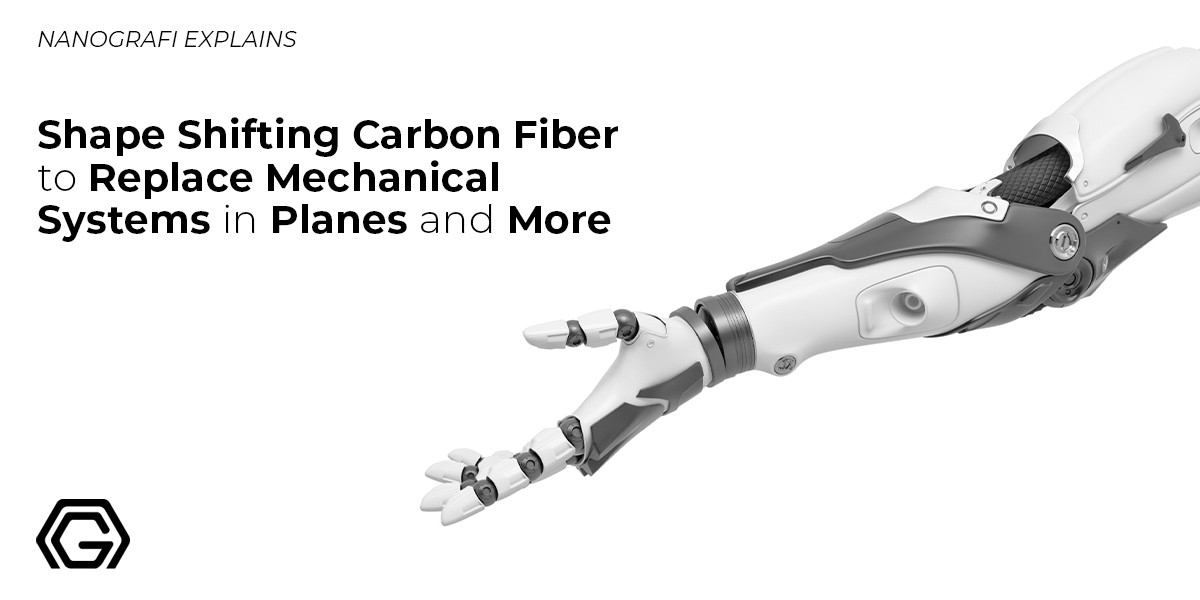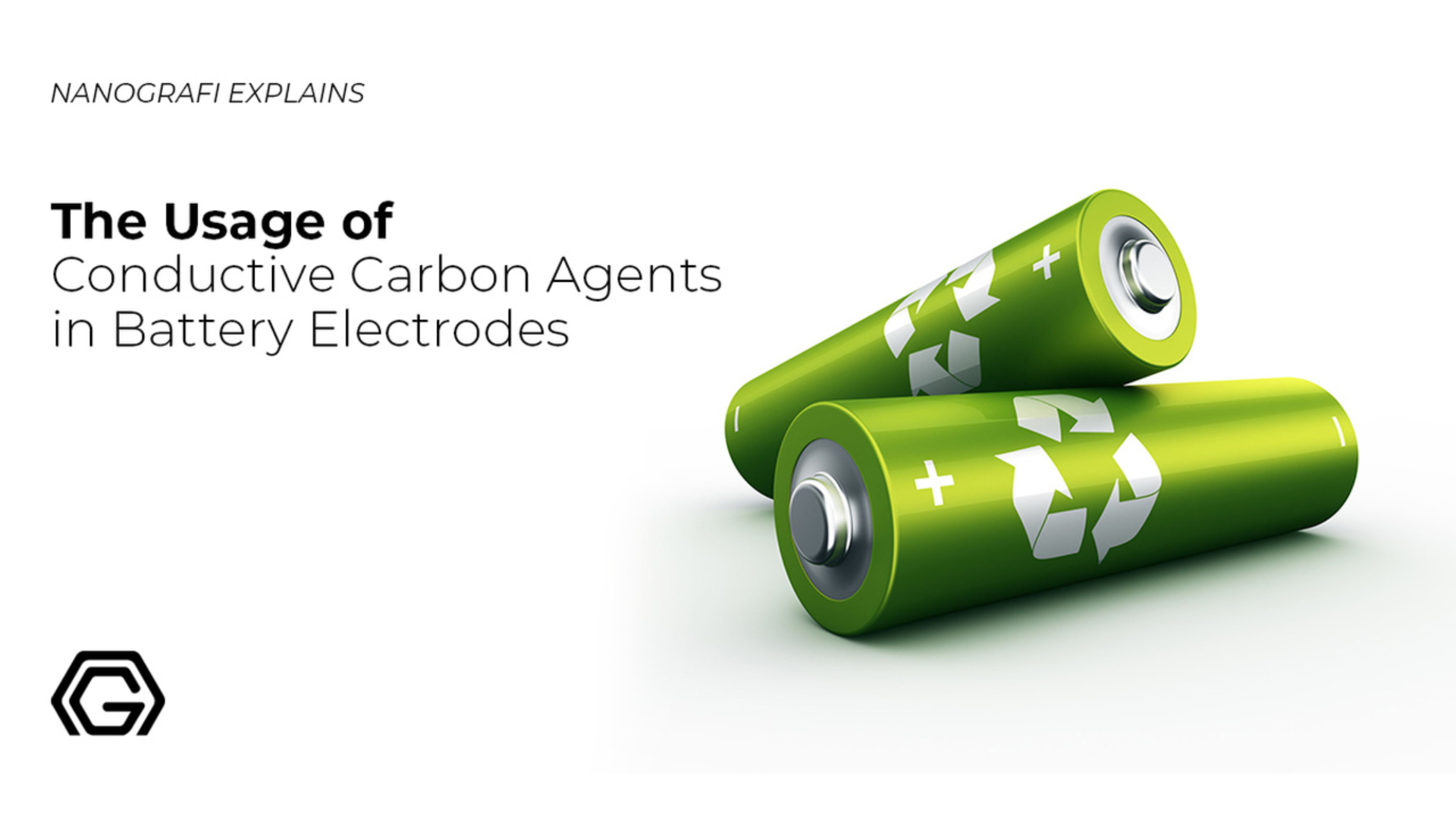Shape Shifting Carbon Fiber to Replace Mechanical Systems in Planes and More
Shape-shifting carbon fiber is an entirely new concept of a solid-state carbon composite capable of reducing the complexity of mechanical systems used in today technology and robotics.
It's basically lightweight and not as flexible as aluminum but capable of changing its shape when an electrical current is applied. Shape-shifting fiber can generate huge defamations and hold them together with no extra power. It possesses the favorable properties and shape of morphing materials with applications in robotics and satellite booms, hydraulic and pneumatic pumps and heavy mechanical motors systems or solenoids to create shape changes.
Introduction
Shape-shifting carbon fiber is composed of three layers with two of which as carbon fiber layers that are available commercially and doped with lithium ions on either side of them. Once each one of the carbon layers has an equal distribution of ions, the material adopts a straight orientation. However, when an electrical current is applied, the lithium ions migrate from one side of the layer to another causing the material to bend. As a result of reversing the current, the material returns back to its previous equilibrium straight orientation 1.
Carbon Composite Fibers
Composite materials are basically fabricated through combining the fiber as the reinforcement with the resin as the matrix providing characteristics superior each of the materials individually and giving them a dual property. In a material with a composite nature, the fiber shares the majority of the load and is regarded as the main contributor to the material’s property. There is a layer on the other side to maintain the transfer of the load between fibers preventing them from buckling and that it serves to bind the materials together. Graphite and carbon composites have unique mechanical properties making them exceptional compared to other composite materials. Graphite composites are generally stiff, strong and lightweight materials with predominant applications where superior performance and lightweight components for fighter jets, spacecraft and race cars are paramount. Graphite or carbon composite fibers are produced from organic polymers more importantly polyacrylonitrile. In this order, the graphite or carbon is shaped like a fiber through keeping it under tension continuously and the temperature of as high as 1000°C. Two-dimensional carbon crystals are made when hydrogen is removed. In fact, two carbon atoms are bound to each other through extremely strong molecular bonds (such as those of diamond that is basically three-dimensional allotrope of carbon) giving the fiber exceptional mechanical properties.
If we look back in history, we will find out that graphite composites have been really expensive. The high price of this class of composites limited their application to some particular uses. Nevertheless, within the past 20 years and when the consumption of graphite fiber became very common and popular, the manufacturing process improved accordingly in order to meet the demands of the industry causing the graphite composites price to fall in a steady fashion. The graphite composites at the moment are commercially available for many applications including performance boats, performance vehicles, sporting Goods, high performance industrial machinery and so forth. Based on the versatility of graphite composite materials, a wide range of fibers and resins could be chosen in order to fabricate a desirable material with various properties. In addition to this, it is possible to adjust and define orientation and thickness perfectly enough for them to be optimized for a particular application. There are a lot of advantages for graphite composites like high specific strength, extremely low coefficient of thermal expansion, high specific stiffness and x-ray transparency which is due to its molecular weight.
Properties of Shape-Shifting Carbon Fibers and Similar Materials
The ability for a material to change its shape through morphing among two or more possible geometries has advantages in a broad range of applications including renewables robotics and aerospace technology where trimming aerodynamic surfaces to be qualified for stable conditions in aircraft and wind turbines as well as the development of satellite booms is required. However, there is a problem with the current modern-age morphing technologies because of using heavy mechanical motors and things. A variety of materials have been demonstrated to possess controllable solid-state shape-changing qualities. It is possible to characterize actuation devices more importantly in terms of actuation force, safeness, operating frequency, efficiency and strain. Furthermore, it's been shown that piezoelectric materials have high reliability and operating frequencies but they are mostly non-structural and depend a lot on high operating voltages until high actuation forces are delivered. Among the most common materials, intercalating actuation can offer high activation forces with practically low voltages in addition to having the ability to maintain deformations without supplying power constantly. However, there is a problem that intercalating devices suffer from low operating frequency and rely on liquid electrolytes in order to process ion transportation.
Carbon fibers are excellent candidates for the purpose of creating multifunctional materials and possess a number of the best stiffness, strength and weight ratios compared to commercially available materials and more importantly are excellent electrically conductive agents. A microstructure of polyacrylonitrile-based carbon fibers contains graphite and amorphous carbon is considered turbostratic. This is structure of carbon is compatible with lithium storage causing carbon fibers function as negative electrodes in lithium ion battery with excellent electrochemical efficiency. Technically, graphite has the quality to expand linearly by around 4.2% once lithium is inserted into its structure through intercalating.
To get more information about the usage of carbon agents,
you can read our blog post here.
Preparation of Shape-Shifting Carbon Fibers
The shape-shifting material of carbon fiber is fabricated by using two layers of carbon fibers that are basically non-directional and separated using a layer of ceramic lithium ion battery that serve as current collectors attached to both of the fiber layers to process electrical connection. All the three layers are stacked on a flat mode in vacuum condition. Carbon composite material shows a density of 1600 kgm-3 approximately. In the next step, the carbon fiber layers are activated. To begin with, the composite material is placed into a pouch cell equipped with a layer of lithium metal foil being separated from the carbon layers using a glass fiber paper. Later, the system is soaked in liquid electrolyte and vacuum sealed. In this step, the composite is precisely charged. There will be an equal partial expansion after this activation step. In order to evaluate the morphing quality of the composite material, morphing experiments are carried out through applying a constant-current to carbon fiber layers creating bending deformation that is mostly because of the transfer of lithium ions.
Applications of Shape-Shifting Carbon Fiber
Regarding the excellent ability of shape-shifting carbon fiber, it is belied the industry and technology have found the promise to replace the complicated mechanical mechanism used in heavy machinery and so on. Carbon composite material with shape-shifting ability has the potential to be applied in designing robots with sophisticated moments and stimulate the natural body movement of almost all creatures. Based on this quality of this composite, prosthetic body parts including arms and legs could be designed to provide with the users the highest expected performance. In aviation and aerodynamics as well, the application of shape-shifting carbon fiber could bring aircraft aerodynamic technology to a whole new level.
Conclusion
Structures that have the ability to change their shape can remarkably increase the efficiency of many applications that cost even a lot of Maintenance expenses. Electrically controlled solid state morphine material made of carbon fibers has enough stiffness and it's also lightweight compared to aluminum it can generate a lot of the formations please no additional power that's very low voltages.
To get more information, you can visit Blografi.
References
1. Johannisson, W., Harnden, R., Zenkert, D. & Lindbergh, G. Shape-morphing carbon fiber composite using electrochemical actuation. Proc. Natl. Acad. Sci. U. S. A. 117, 7658–7664 (2020).
Recent Posts
-
Nanocomposites in Food Packaging
The utilization of nanocomposites in food packaging represents a significant advancement in the fiel …19th Apr 2024 -
What is the Difference Between 7075 and 6061 Aluminum Alloy?
When comparing 7075 aluminum alloy to 6061 aluminum alloy, it's essential to understand their disti …5th Apr 2024 -
Iron-Air Batteries: The Ultimate Guide
Iron-air batteries represent a significant breakthrough in energy storage technology, offering a sus …29th Mar 2024






